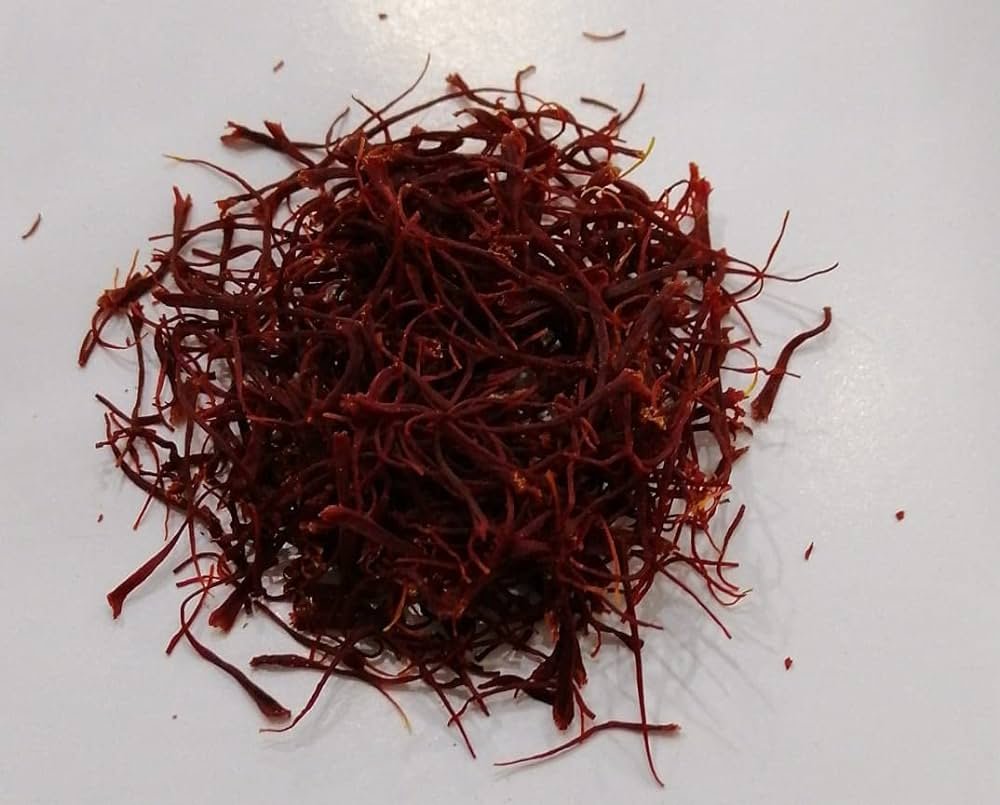Kashmir’s Kishtwar saffron earns GI tag for quality
Kishtwar saffron comes from the scenic Kishtwar region, nestled in the mountainous landscapes of Jammu, and is referred to locally as ‘Kung’ and nationally as ‘Kesar.’
Kashmir’s Kishtwar saffron has recently been awarded a GI tag for its exceptional quality. Saffron is considered one of the most expensive spices in the world, with hand-collected strands from crocus flowers costing lakhs per kilogram. Kashmir produces some of the most expensive and highest-quality saffron, and Kishtwar Saffron, from the Kishtwar Region of Jammu and Kashmir, has recently been awarded the prestigious Geographical Indication (GI) tag by the Geographical Indications Registry according to the local news.
A GI tag is an indication of quality that acts as a mark of intellectual property and confirms that the product originates from a specific geographical region and has unique and valuable characteristics due to its place of origin. Kishtwar saffron comes from the scenic Kishtwar region, nestled in the mountainous landscapes of Jammu, and is referred to locally as ‘Kung’ and nationally as ‘Kesar.’ This spice holds pivotal economic importance in this secluded district, with Mandal, the saffron production area, encompassing around 120 hectares of cultivable land, establishing Kishtwar as a significant hub for saffron cultivation.
Kishtwar saffron has not only won the GI tag but also a Grade 1 quality rating. To achieve this rating, 1150 grams of saffron flowers harvested from Berwar underwent a thorough physical and chemical analysis at the India International Kashmir Saffron Trading Centre (IIKSTC) in Dussu Pampore. As a result of this process, 110 grams of fresh saffron filaments and 20 grams of top-tier dry Lacha saffron were extracted and subsequently designated as Grade 1.
Kishtwar saffron comes from the scenic Kishtwar






